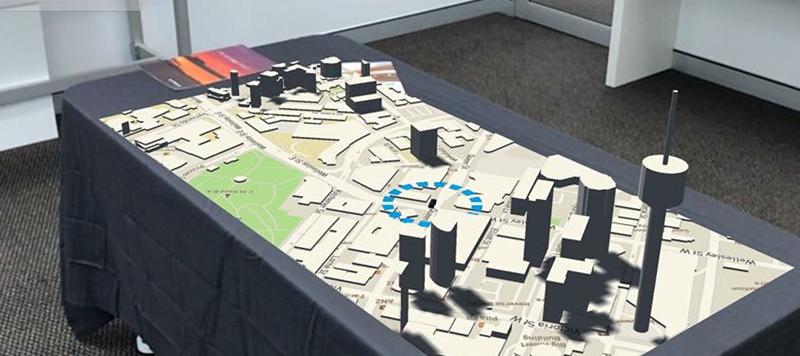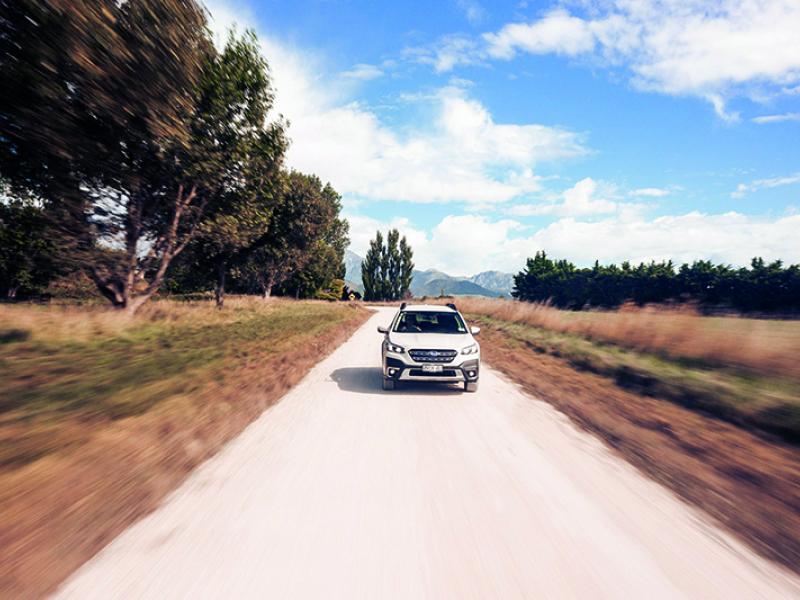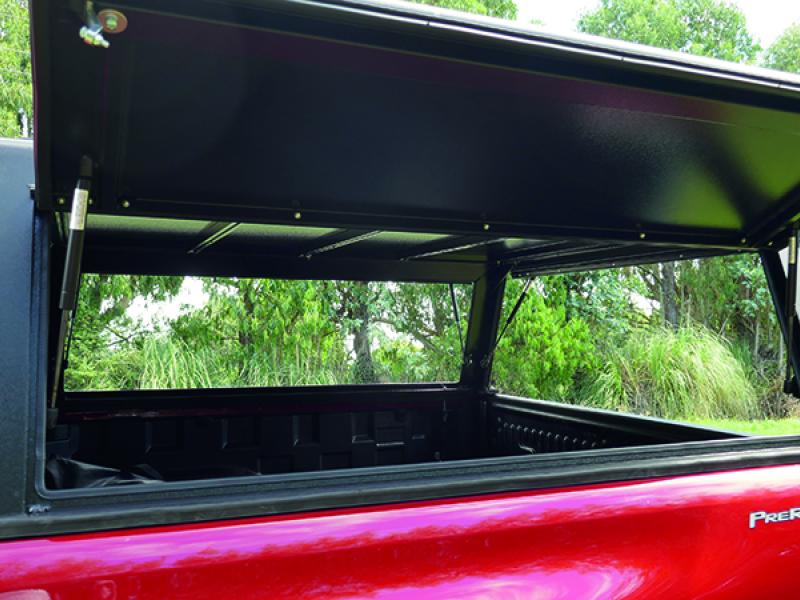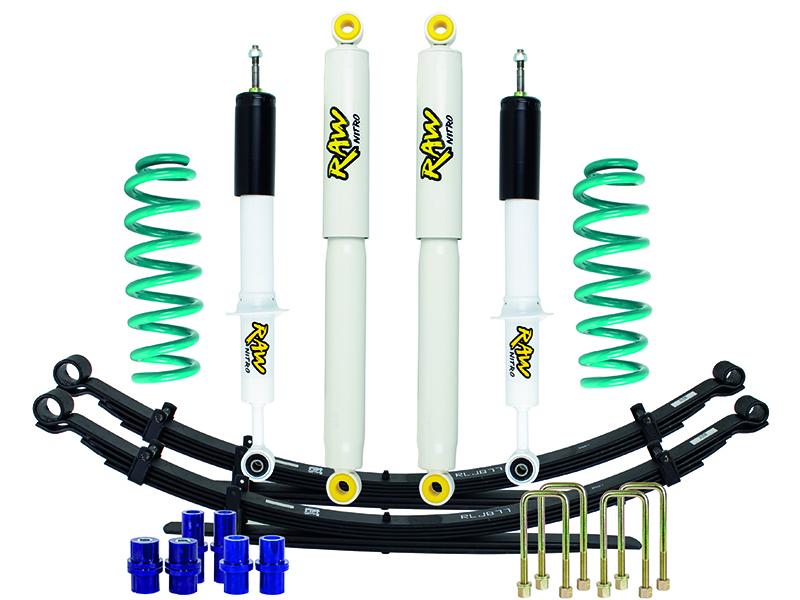Most of us watched the final of the America’s Cup with bated breath, anxious for Emirates Team New Zealand to exonerate that defeat of four years ago and bring back the Auld Mug. There were great infographics, and we knew exactly where each boat was on a course which, in real life, was just so much sea. But how many of us realise that these infographics were made possible by GPS, and telematics?
Yes, the new working tool of fleet management is also the working tool of sailing, as well as Formula One and other motor racing series, and a growing number of other sports.
Vehicle tracking is not new. Those with long memories will remember the Tachograph, a mechanically-driven device which tracked the running time, distance, and speed of truckers and the like, long before GPS or the Internet.
The advent of the OBD (on-board diagnostics) port led to new systems being developed which could perform similar tasks to the mechanical Tachograph via the car’s on-board electronic control unit (ECU), but it is only now, with GPS commonly available – Smartphones come standard with it, for instance – that true tracking can take place, with accurate time and place positioning, speed, and direction, becoming reality.
Time is money, so it stands to reason that lost time is lost money. Add in the Health and Safety at Work Act, and you get two very good drivers for wanting to know where your vehicles are, how they are being driven, and by whom.
And that’s what telematics is all about –monitoring a vehicle by combining a GPS system with on-board diagnostics to record and map exactly where a car is, and how fast it’s traveling, and cross reference that with how a car is behaving – how much fuel it’s using, how hard the driver is braking, how fast he’s accelerating, and so on.
A recent survey on the use of telematics in the US indicated that driver behaviour is the top reason why fleets are using telematics. Wasting time, speeding, aggressive driving, drivers going to places they aren’t supposed to be (they call this geofencing), and using the vehicles when they aren’t supposed to be – these are the main factors fleet managers are looking at.
And it’s working. The same survey said monitoring driver behaviour, with proper follow-up such as issuing the drivers with “score cards”, was beginning to reap dividends, not least of which was (apart from the obvious one of fewer crashes, and therefore less downtime), reduced fuel consumption, less wear and tear on vehicles, and ultimately, lower insurance premiums.
But all isn’t plain sailing. Today’s telematics systems can produce an enormous amount of data, and one of the biggest challenges fleet managers face is extrapolating this data, and many companies rarely use most of the information they have gleaned, even when making fleet policy decisions. In fact, in the US survey only 35 percent indicated they had received a return on their investment, although most were satisfied with the telematics experience.
So, having decided it’s a good idea to introduce a telematics system into your vehicles, what do you look for? Here are a few of the main factors people take into account:
- • The cost of the device
- • Monthly data cost
- • Real time tracking
- • Simplicity and ease of use
- • Easy setup and adding or deleting vehicles
- • Security and tamper-proofing
Telematics is one of the fast-growing sectors of fleet management, with new companies entering the field on a regular basis, and the offerings are becoming more and more complex.
In the beginning it would be merely a tracking device within the vehicle making recordings that could later be analysed. Now, thanks to cell phone networks, wifi, and satellite communication, it’s possible to monitor how a vehicle is behaving in real time. You can sit in your office, and on your computer monitor watch the vehicle tracking along. You can see where it goes, when it goes, and when it’s not going.
Have you used a taxi lately? Some companies allow you to track the taxi’s approach on your cell phone, so you can see how long it’s going to take – that’s telematics at work.
The latest telematics systems go a few steps further. They can send real-time streaming footage of what’s going on inside a vehicle, so you can check the driver’s reactions, as well as what’s happening in the road in front of him – or in the load compartment behind him. At the same time it will send still images from the vehicle.
There are systems which will call the office, or emergency services, if your driver is involved in a crash, and at the same time will record what’s happened. The latest telematics services can be monitored on portable devices so you can check on your vehicles when you’re away from the office and thus react immediately to any situation.
Telematics records can be used to prove you’ve made a delivery, they can tell how long the driver was there, they can even provide information which can be provided as evidence in the event of a road incident – although this could well prove to be a double-edged sword and assist the authorities more than your driver!
Insurance companies in other parts of the world are installing telematics boxes into cars and assessing premiums based on how a car is being driven. This is regarded as an important new move in the vehicle insurance industry as a whole, and it may well be that in future all cars will come equipped with such devices.
Certainly telematics is the key to the future of autonomous cars, which need to know not just where they are, but require the minutest of details so they can get you home safely without driver intervention. But that’s another subject entirely!






